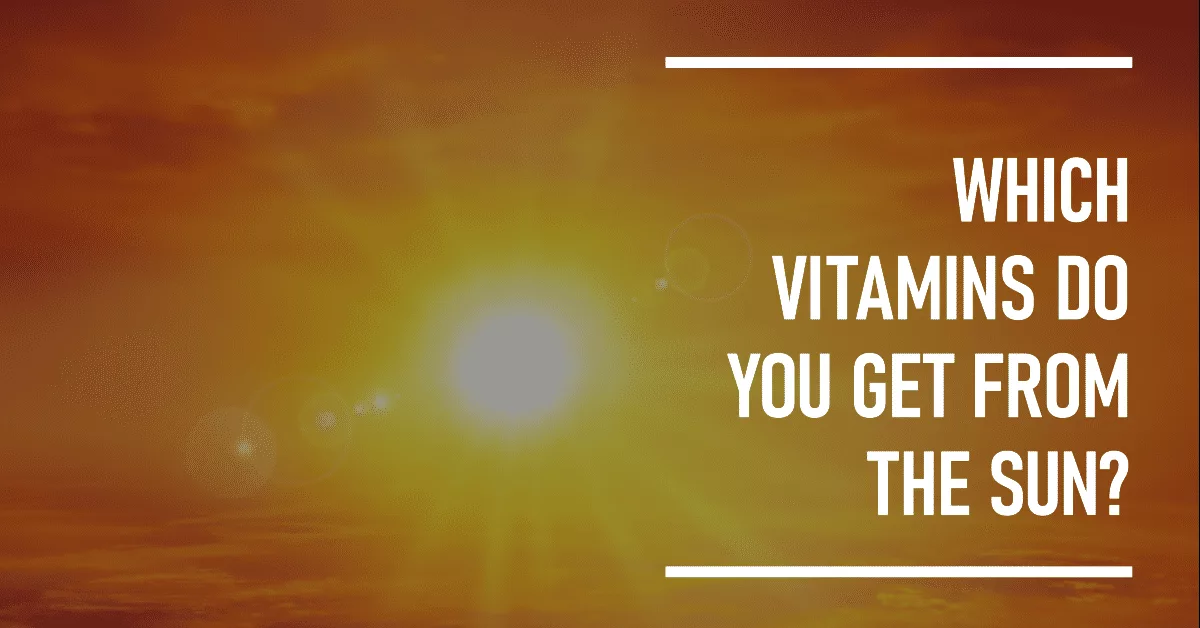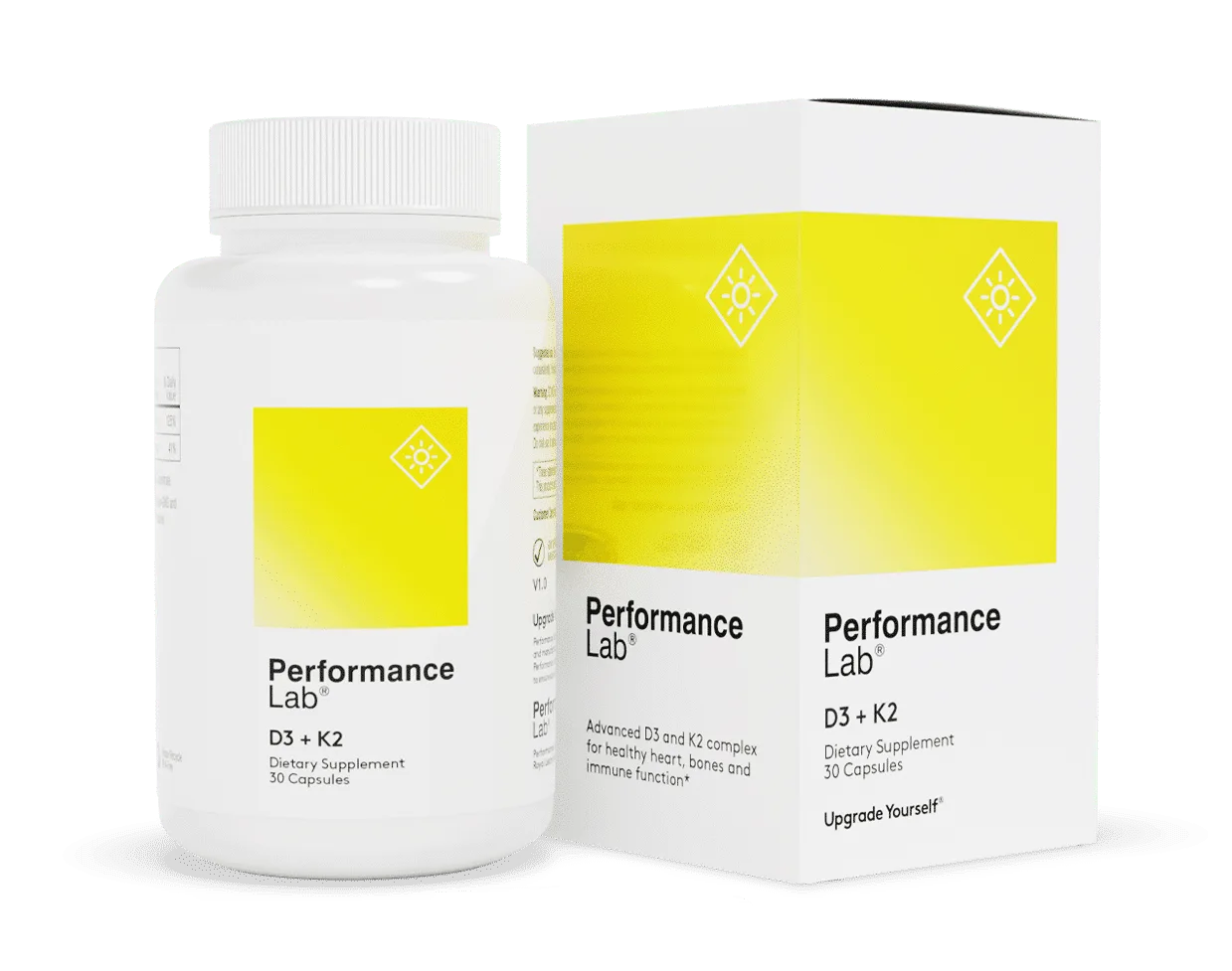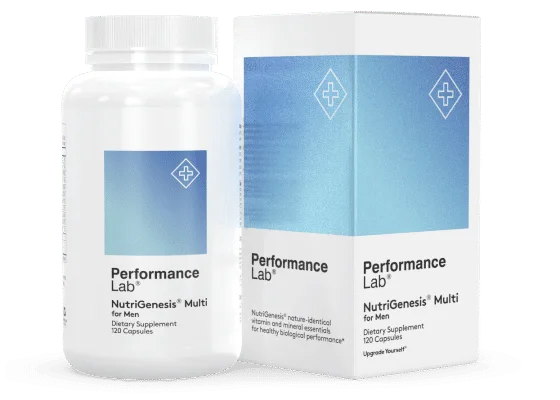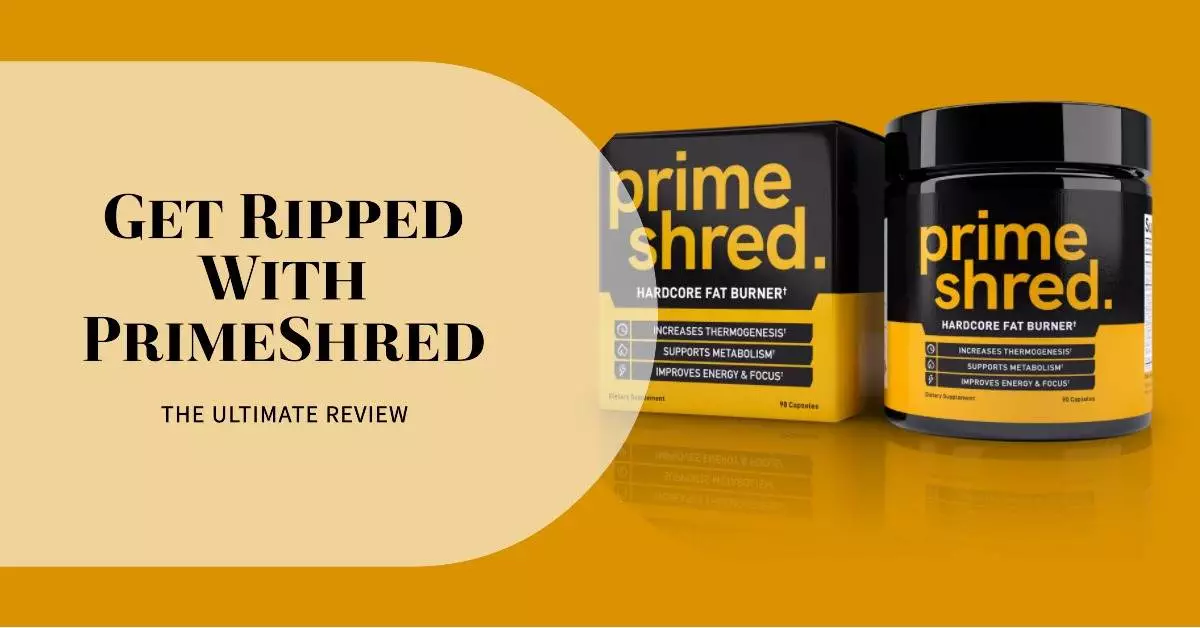Sunlight interacting with our skin initiates an incredible process – the synthesis of Vitamin D, one of the few vitamins our bodies can generate independently.
So, to answer the question – which vitamins do you get from the sun? – know this – the sun uniquely showers us with Vitamin D, a vital nutrient enhancing our health.
Yet, there’s so much more to this sun-kissed process.
Stick around, and let’s delve deeper into this solar-sourced wonder!
Can’t catch the sunshine all year round? Here’s your perfect solution – increase your intake of Vitamin D3 and K2 seamlessly with this dynamic duo.
A Love Letter to the Sun: Vitamin D, the Sunshine Vitamin
Our celestial candle, the Sun, is quite the generous fella! Every morning, as it peeps over the horizon, painting the sky in hues of orange and pink, it gifts us with something incredibly precious: Vitamin D.
And there’s no beating around the bush here, folks—this stuff is vital for keeping our bones strong and healthy.
The Solar Dance: How We Absorb Vitamin D
Ain’t it curious how something as far-off and humongous as the Sun affects our humble bodies? Well, let’s get this show on the road and unravel this cosmic mystery.
When sunlight kisses our skin, it sets off a fascinating chain reaction. A compound in our skin, called 7-dehydrocholesterol—quite the mouthful, ain’t it?—soaks up the UVB rays and transforms into pre-Vitamin D3.
This newly minted compound then does a quick hop, skip, and jump to the liver and kidneys, where it gets its final makeover and emerges as the form of Vitamin D our bodies can use.
Kinda like a superhero origin story, eh?
Bathing in Sunshine: The Best Times for Vitamin D Absorption
Hold your horses, sunbathers! Before you rush to get your tan on, it’s worth noting that not all sunlight is created equal when it comes to Vitamin D synthesis.
Midday sun is the prime time for Vitamin D absorption. So, there you have it, folks. That’s your excuse to take a lunchtime stroll, soak up some rays, and do your body some good.
But don’t forget your sunblock and hat! Skin damage is a real buzzkill, and our sun, as giving as it is, doesn’t play favorites. It’s as much a destroyer as it is a creator. Ain’t that a kick in the teeth?
Stay tuned for more sunlight-soaked facts as we journey into the nuances of Vitamin D synthesis and its impact on our well-being in the subsequent parts of this article. You’re in for a bright surprise!
The Sun and Beyond: Other Vitamins and Sunlight’s Influence
Well, if you thought our bond with the Sun was limited to Vitamin D, I’m delighted to set the record straight.
It’s a complex dance, folks, and it’s time we turn up the music.
The Subtle Tango: Vitamin A and Sunlight
Hold onto your hats, ’cause here comes a curveball: Vitamin A! Now, the Sun doesn’t produce Vitamin A per se, but hear me out.
The Sun supports the production of a compound called beta-carotene in plants, which our bodies cleverly convert into Vitamin A [1].
I guess you could say it’s a roundabout way of getting a vitamin from the Sun, right?
The Silent Partner: Vitamin E and Sunlight
Now, here’s where things get a bit ironic. Vitamin E, the guardian of our skin, doesn’t come directly from the Sun either.
Instead, it’s like a silent partner, protecting our skin cells from the harsh, damaging effects of the sun’s UV radiation.
So, while we can’t exactly thank the Sun for our Vitamin E, we can certainly thank Vitamin E for shielding us from some of the Sun’s less-than-ideal offerings.
The Plot Thickens: The Effect of Sunlight on Other Vitamins
Talk about a plot twist! Some vitamins, like Vitamin B12 and Vitamin C, are a bit camera shy. Too much exposure to sunlight, and they start to break down, losing their effectiveness [2].
So, while the Sun giveth, it also taketh away. Who knew our relationship with that big ball of gas was so complicated, eh?
This layered narrative of sunlight and vitamins may feel like a bewildering cosmic dance. But fear not! In the concluding part of our radiant journey, we’ll delve into practical ways to balance sun exposure, vitamin intake, and overall well-being.
Buckle up, folks—we’re about to bring this ship home!
Harnessing the Sun: Striking the Perfect Balance
We’ve traversed the cosmic ballet of vitamins and the Sun, but how do we make this knowledge work for us? Let’s get down to brass tacks!
Unmasking the Sun: Safety First, Folks!
Though the Sun is our prime source of Vitamin D, it’s a double-edged sword.
Overexposure to UV rays can wreak havoc on our skin, leading to burns, aging, and in worst-case scenarios, skin cancer.
Ouch! So, slap on that sunscreen, sport a wide-brimmed hat, and remember: moderation is key!
Supplementing Sunshine: Vitamin D Pills and Fortified Foods
With the risks associated with sunbathing, you might be thinking, “Well, that’s a fine kettle of fish. How do I get enough Vitamin D?”
Have no fear, dear reader, we have options aplenty!
Fortified foods, like milk and cereals, and fatty fish, like salmon and mackerel, are great sources of Vitamin D.
If you’re still falling short, consider supplements like Performance Lab D3 + K2 & NutriGenesis Multi after consulting with your healthcare provider.
And the Others? The Importance of a Balanced Diet
For the other vitamins, a well-rounded diet can do wonders.
Load up on fruits and veggies for Vitamins A and C, munch on nuts and seeds for Vitamin E, and don’t forget whole grains and lean meats for those B vitamins.
Just remember: a healthy lifestyle is not a sprint, it’s a marathon. So, take your time, make mindful choices, and let the Sun play its part in your journey towards wellness.
Which Vitamins Do You Get From The Sun? – Final Thoughts
There you have it, folks. The intricate tapestry of sunlight and vitamins, laid bare.
The relationship may be complex, but armed with knowledge, we can harness the Sun’s energy for our benefit while safeguarding our health. Talk about having your cake and eating it too, eh?
In the end, it’s all about balance—between the Sun and shadow, and between what we take from nature and what we give back.
Now, let’s step into the sunshine, make some Vitamin D, and live our healthiest lives!







Leave a Reply